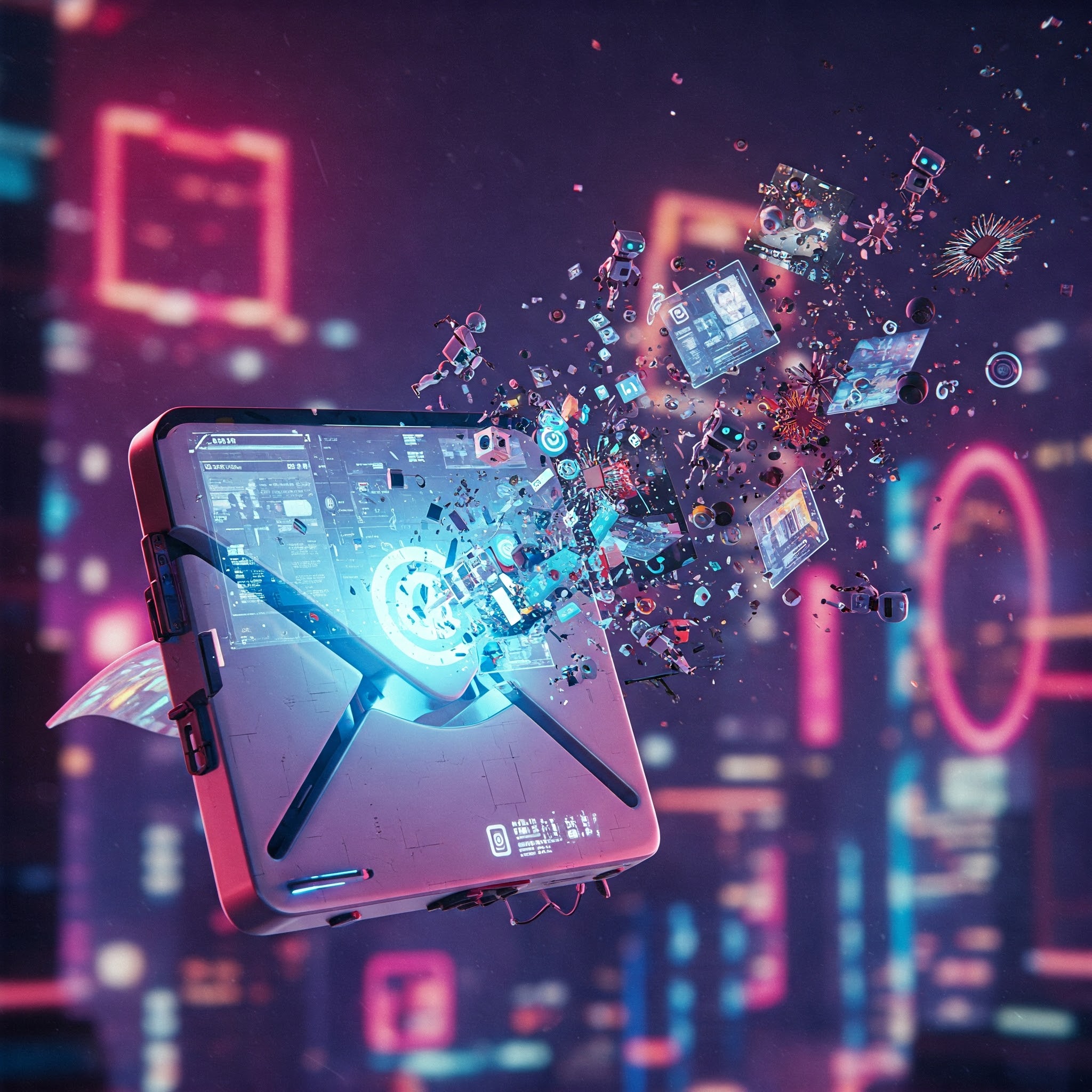So, you need words. In another language. Welcome to the 21st century’s Tower of Babel, where AI promises to translate everything… mostly accurately. Two titans are currently vying for your translation dollars (or, let’s be honest, your free trial signup): straight-up AI translation and ChatGPT. Let’s see if we can avoid a linguistic faceplant, shall we?
AI Translation: The Algorithm’s Apprentice
Think Google Translate on steroids. AI translation tools are built for speed and volume. They chew through text like a caffeinated compiler, spitting out (hopefully) coherent results. We’re talking the kind of scale that would make a polyglot weep with envy.
- The Usual Suspects: You’ve met them. Google Translate, DeepL, Microsoft Translator. These are your workhorses. They’re less about finesse, more about getting the job done – even if the job involves mangling a perfectly good metaphor or two.
- How it works: Millions of translated texts go in, statistical algorithms do their magic, and translated text comes out. Accuracy increases with volume, but nuance often takes a holiday.
AI Translation: Strengths
- Speed Demon: Need a manual translated yesterday? AI is your friend. It scoffs at deadlines.
- Budget-Friendly: Often free, or at least cheaper than hiring a human who demands things like ‘food’ and ‘sleep’.
- Integration King: Slap it into your website, your CRM, your toaster oven (if it has an API). AI plays nice.
AI Translation: Weaknesses
- Nuance? Never Heard of Her: Sarcasm? Irony? Forget about it. AI translates literally, which can lead to hilarious (and occasionally disastrous) results.
- Industry Jargon Jumble: While specialized AI models exist, even those can stumble on complex terminology. Legal documents translated by AI alone? Risky business.
- Personality Vacuum: It translates, but it doesn’t write. Expect stilted prose, not sparkling wit.
ChatGPT Translation: The Chatty Linguist
ChatGPT is the new kid on the block, and it’s trying to be cool. It’s not just translating; it’s conversing. It’s all about understanding the context, the tone, the vibe.
- How it works: ChatGPT isn’t just crunching data; it’s trying to understand the meaning. It can adapt to different styles, rewrite awkward sentences, and even (gasp!) add a touch of personality.
ChatGPT Translation: Strengths
- Fluent AF: ChatGPT sounds more human. Less robotic, more… well, like someone who actually speaks the language.
- Localization Rockstar: It understands cultural nuances. Idioms, slang, subtle references? ChatGPT can handle them (usually).
- Interactive: You can actually talk to it. “Make this sound more formal,” you say. And ChatGPT obliges. It’s like having a translator who doesn’t roll their eyes at your requests.
ChatGPT Translation: Weaknesses
- The “Hallucination” Problem: ChatGPT sometimes makes stuff up. It can confidently translate something that’s just plain wrong, presented with the unwavering conviction of a chatbot.
- Not Exactly Real-Time: It’s faster than a human, but slower than AI translation. Don’t expect instant answers.
- Domain Expertise? Debatable: It can handle specialized topics, but it’s not a subject matter expert. Double-check everything, especially in fields like law or medicine.
The Showdown: AI vs. ChatGPT
| Feature | AI Translation | ChatGPT Translation |
| :———————- | :——————————— | :—————————— |
| Accuracy | Good for structure, bad for nuance | Stronger on nuance & context |
| Context Awareness | Limited | Understands broader context |
| Fluency | Robotic | Human-like |
| Industry Terminology | Specialized models exist | Hit or miss |
| Customization | Limited | Dynamic & user-driven |
| Speed | Lightning fast | Slower |
| Best For | Large-scale, technical docs | Creative, conversational content |
So, Which One Wins?
It depends. Are you translating a legal document? AI translation is probably your best bet, but get a human to proofread it afterward. Writing marketing copy? ChatGPT might give you a more engaging result, but definitely double-check for accuracy.
Ethical Caveats
Remember, AI is only as good as the data it’s trained on. Bias can creep in, privacy is a concern, and over-reliance on automation is a recipe for disaster. Translation, even automated translation, requires a human touch.
The Verdict: There’s no single winner. Both AI and ChatGPT have their strengths and weaknesses. The key is to understand your needs and choose the right tool for the job. Or, you know, learn another language. But who has time for that?

